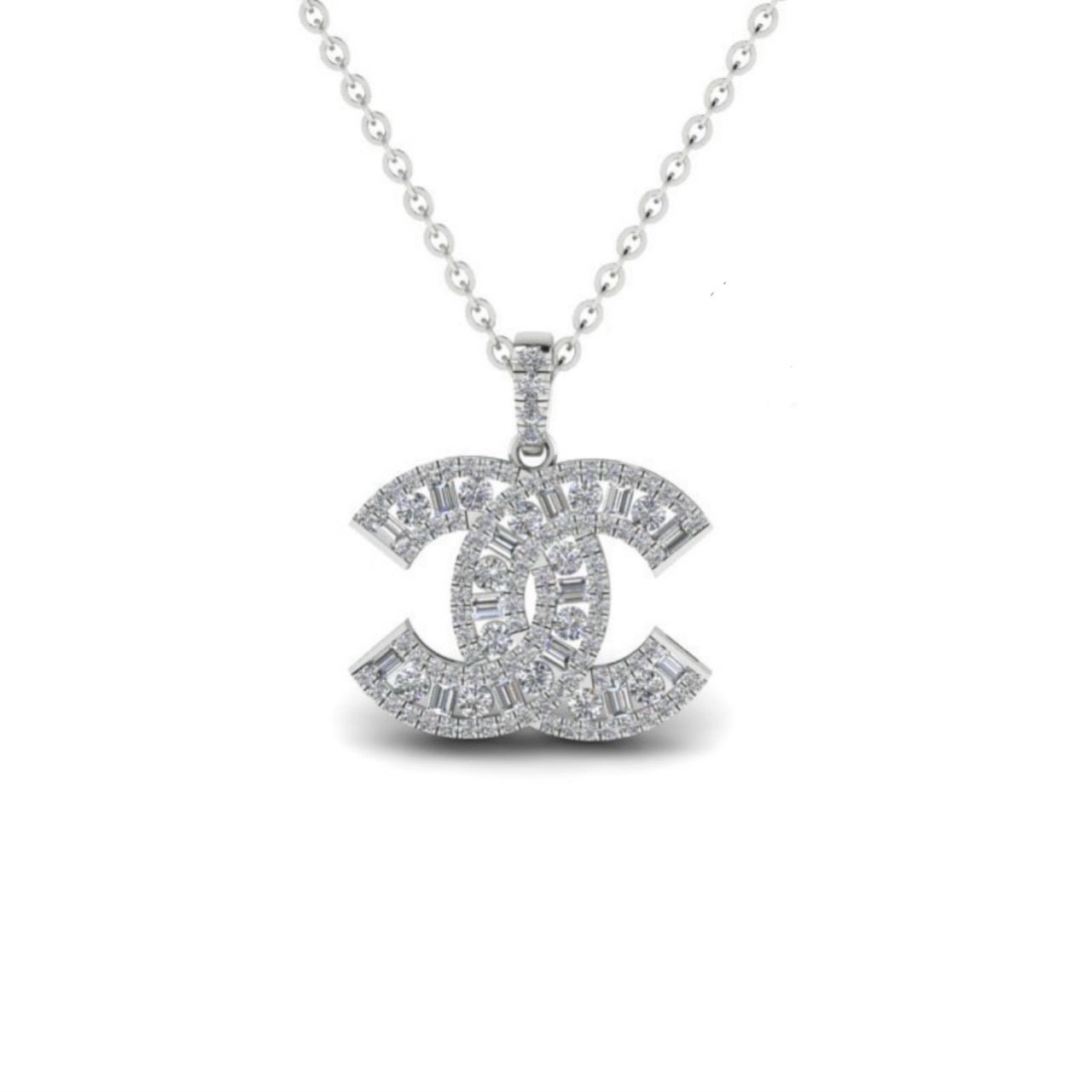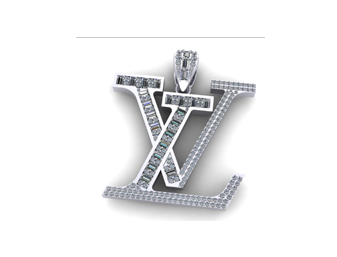First, you give the company that issued it the face value of the bond. Then, you receive it with a maturity date and a guarantee of payback at the face value (or par value). Bondholders must report the amortized bond premium on their annual tax returns. This information is typically provided on Form 1099-INT or Form 1099-OID, which are issued by the bond issuer or financial institution.
Unlocking Bond Premium on Tax Exempt Bonds Investing Basics
Each semiannual interest payment will be $4,500 ($100,000 x 9% x 6/12). The corporation is also required to pay $100,000 of principal to the bondholders on the bond’s maturity date of December 31, 2028. There’s also the risk that interest rates increase after you buy a premium bond, in which case new bonds may be available at face value with the same rate that cost you a bond premium.
What is a discount bond?
In a time of rising rates, bonds are bought at a discount to par for roughly the same reason. Premium bonds trade at higher prices because rates may have gone down, and traders might need to buy a bond and have no other choice but to buy premium bonds. If the bond’s price rises to $1,050 after a year, meaning that it now trades at a premium, the bond is still paying investors $30 a year. The trade yield changes to a current yield of 2.86% ($30 divided by $1,050). On the other hand, if the bond’s price falls to $950, the current yield is 3.16% (or $30 divided by $950).
Sign up for our newsletter and get timely insights from our advisers.
This means that some of the capital the investor paid could disappear. Then, the investor would receive fewer interest payments with the high coupon. Just because a premium bond offers a coupon rate higher than the prevailing market rate, it doesn’t mean that buying it is always the best course of action.
Journal Entry for Bonds issue at Discount
The existing bond’s semiannual interest of $4,500 is $500 less than the interest required from a new bond. Obviously the existing bond paying 9% interest in a market that requires 10% will see its value decline. The market value of an existing bond will fluctuate with changes in the market interest rates and with changes in the financial condition of the corporation that issued the bond. For example, an existing bond that promises to pay 9% interest for the next 20 years will become less valuable if market interest rates rise to 10%. Likewise, a 9% bond will become more valuable if market interest rates decrease to 8%. When the financial condition of the issuing corporation deteriorates, the market value of the bond is likely to decline as well.
When a company decides to issue a bond at a premium, it means that they are offering the bond at a price higher than its face value. This may seem counterintuitive at first, as investors typically expect to buy bonds at a discount. However, there are certain circumstances in which issuing bonds at a premium can be advantageous for both the company and the investors.
Let’s say an investor purchased their bond for $10,000 and got a 5% interest rate. The bond’s maturity date is in 10 years from the moment of purchase, and the investor is currently in the second year of ownership. In the meantime, the market rates have been decreasing, and the current prevalent market rate is much lower at 2%. As a relatively low-risk investment that generates a stable income, premium bonds can be enticing to risk-averse and conservative investors. However, like any other investment, they aren’t entirely risk-free, and investors who consider buying premium bonds, need to carefully weigh out their options before making a decision. This delay, along with changes in variables such as prevailing interest rates or the creditworthiness of the issuing company, can result in the bonds selling at a premium to their face value.
- It will happen when the market rate is declining, company can access the fund with a lower interest rate, so they can retire the bond early to save interest expense.
- Things that are resources owned by a company and which have future economic value that can be measured and can be expressed in dollars.
- The Solactive United States 2000 Index intends to track the performance of the largest 1001 to 3000 companies from the United States stock market.
- For example, if a market interest rate increases from 6.25% to 6.50%, the rate is said to have increased by 25 basis points.
- Learn the difference between corporate bonds vs treasury bonds, including risks, returns, and investment strategies for beginners.
- J.P. Morgan may hold a position for itself or our other clients which may not be consistent with the information, opinions, estimates, investment strategies or views expressed in this document.
The odds of a bond winning each month are 21,000 to 1 for every £1 bond – but as we’ve mentioned above, most prizes are for smaller amounts. NS&I reduced its prize rate from 4.65% to 4.40% from its March 2024 draw. The prize fund rate is often described as the the nearest thing Premium Bonds has to an interest rate. You can use the NS&I online prize checker bonds issued at a premium tool, or the Premium Bonds prize checker app, to see if you’ve won. If you’re a winner, you can have the money paid into their bank account, or reinvest it into new Premium Bonds. You should be emailed or sent a text message from NS&I if you’ve won.
Higher Interest Rate
It will happen when the market rate is declining, company can access the fund with a lower interest rate, so they can retire the bond early to save interest expense. The balance of premium on bonds payable will be included in bonds payable. So on the balance sheet, carry value is $ 102,577 which is the present value of cash flow.
A higher premium will result in a lower YTM, as the investor is effectively paying more for the future cash flows generated by the bond. When a company issues bonds at a premium, it may have tax implications. This can affect the company’s financial statements and potentially decrease its taxable income due to amortization of the bond premium over time.
When it comes to buying premium vs. discount bonds, there is no wrong answer. Consider the strategy behind buying at a discount or buying at a premium, and seek to capitalize on either the annual yield or the face value of the bond. Just make sure you’re not buying a bond that’s overvalued for its coupon or discounted so low that it’s effectively junk. This happens when the bond’s coupon rate exceeds the prevailing interest rate. So, for example, the prevailing interest rate might be 4%, while the bond’s coupon rate is 6%.
- However, the circumstances may force them to charge a lower value.
- The single amount of $100,000 will need to be discounted to its present value as of January 1, 2024.
- Her articles have been featured in various publications, offering readers a unique perspective on market trends, economic analysis, and industry insights.
We believe the information contained in this material to be reliable but do not warrant its accuracy or completeness. Opinions, estimates, and investment strategies and views expressed in this document constitute our judgment based on current market conditions and are subject to change without notice. The Bloomberg U.S. Aggregate Bond Index is a broad-based flagship benchmark that measures the investment grade, US dollar-denominated, fixed-rate taxable bond market. The index includes Treasuries, government-related and corporate securities, MBS (agency fixed-rate pass-throughs), ABS and CMBS (agency and non-agency). This chart shows the fixed income returns given several yield move scenarios. This shorter duration can improve total return if interest rates go up, as investors can reinvest the funds and take advantage of higher rates.
Over the life of the bonds the bond issue costs are amortized to interest expense. To calculate the present value of the semiannual interest payments of $4,500 each, you need to discount the interest payments by the market interest rate for a six-month period. This can be done with computer software, a financial calculator, or a present value of an ordinary annuity (PVOA) table.
Market Interest Rates
The total it has raised so far across the first three-quarters of this year is £8.9billion. The bond’s YTM (6.67%) exceeds its coupon rate (5%), reflecting the discount. You should consider our materials to be an introduction to selected accounting and bookkeeping topics (with complexities likely omitted). We focus on financial statement reporting and do not discuss how that differs from income tax reporting. Therefore, you should always consult with accounting and tax professionals for assistance with your specific circumstances.










